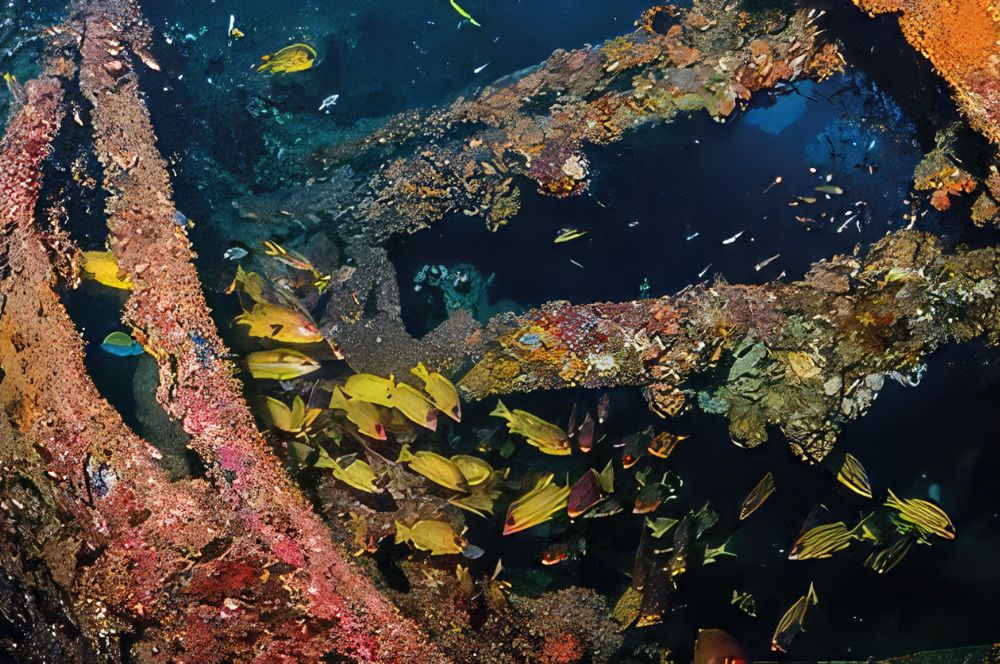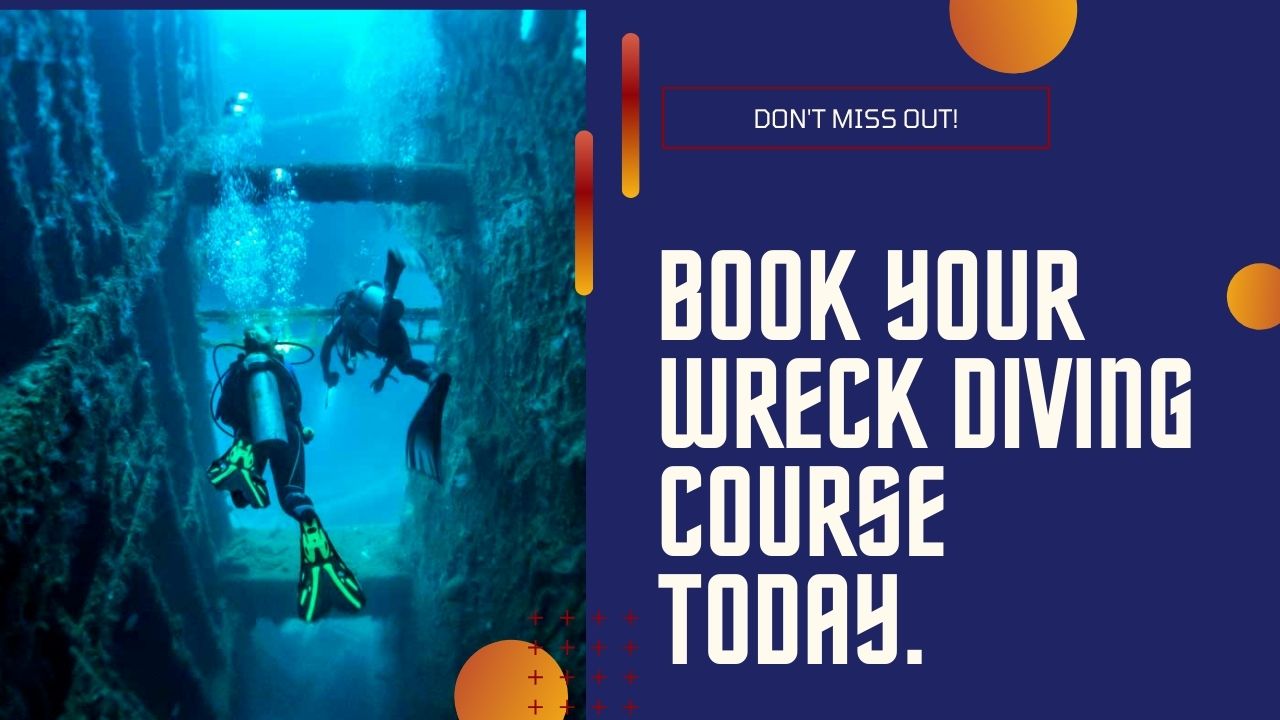You have 0 product(s) in your cart.
Abyss Scuba Diving
Exploring The Depths: A Guide To The Most Intriguing Australia Shipwreck Sites
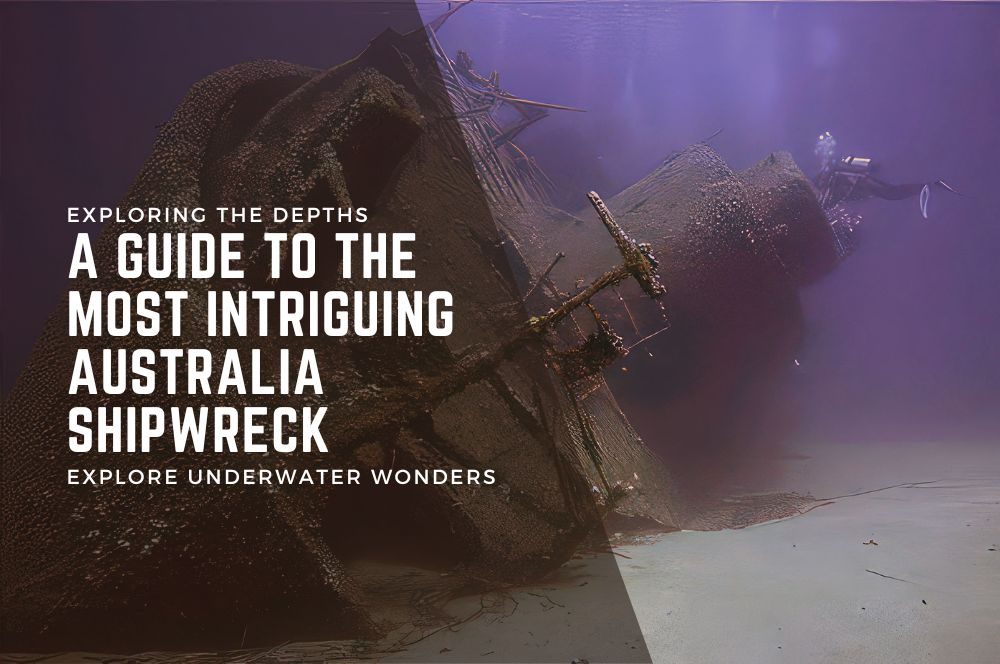
Exploring the Depths: A Guide to the Most Intriguing Australia Shipwreck Sites
Australia’s maritime history is etched into the ocean floor, with over 8000 shipwrecks lying in wait. These sites, ranging from tragic sinkings to wartime losses, are not just relics but key to understanding Australia’s past. This guide reveals the intrigue and narratives behind the most notable Australia shipwreck sites, a journey beneath the waves for the curious mind.
Key Takeaways
-
Australia’s underwater cultural heritage is safeguarded by legislation, with over 8000 shipwrecks and sunken aircraft protected under the Underwater Cultural Heritage Act 2018, and many sites still undiscovered.
-
Significant shipwrecks like the SS Yongala and HMAS Sydney (II) provide insights into Australian history and have become major dive sites, highlighting both the tragic loss of life and the creation of vibrant marine ecosystems.
-
Maritime archaeology plays a vital role in managing shipwreck sites through careful preservation, with innovative techniques to protect artefacts, and efforts are made to monitor and maintain these underwater heritage sites for educational and memorial significance.
Exploring Australia's Underwater Heritage
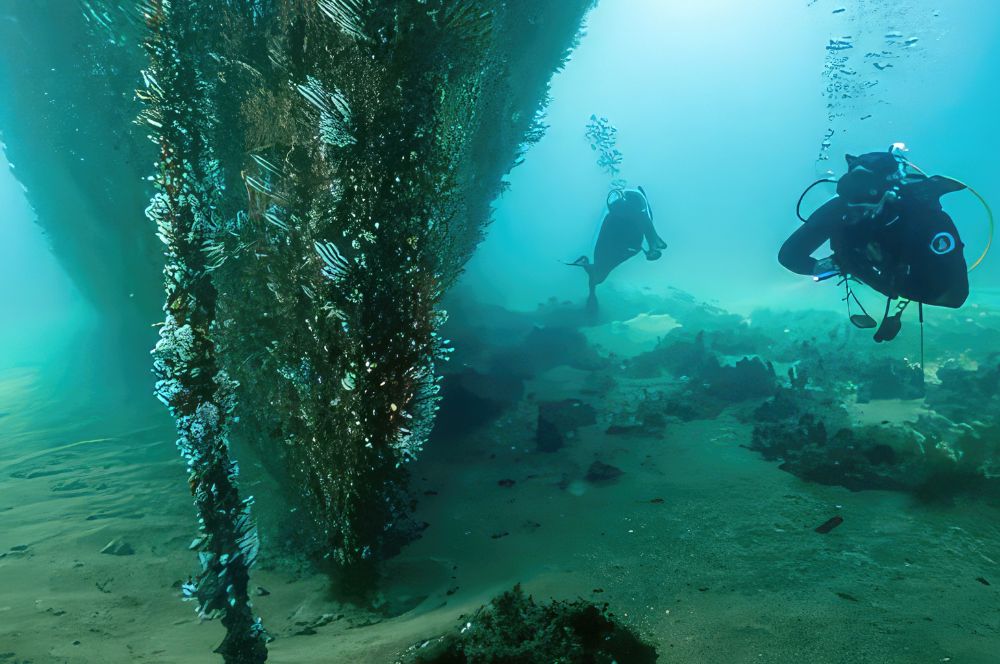
Australia’s rich underwater heritage is a treasure trove of historical narratives, encapsulating over 8000 Australian shipwrecks, sunken aircraft, and other relics of the past, including Western Australian shipwrecks. To ensure the proper documentation and conservation of these intriguing sites, the Historic Shipwrecks Act was enacted in 1976, followed by its successor, the Underwater Cultural Heritage Act 2018. These legislations vest the ownership of most shipwrecks in Australian waters in the Commonwealth of Australia, with underwater artifacts remaining protected even after removal.
The Federal department responsible for Australia’s cultural heritage meticulously maintains a database for items recovered from these protected wreck sites. Moreover, the Australian National Shipwrecks Database, along with the introduction of new protected zones under the Underwater Heritage Act, significantly enhances the reporting and management of Australia’s underwater cultural heritage sites. Despite these measures, the majority of known shipwreck and aircraft sites remain undiscovered, awaiting the chance to reveal their sunken stories.
The Tragic Tale of SS Yongala
Among Australia’s many shipwrecks, the tale of the SS Yongala is particularly haunting. This interstate coastal steamer embarked on its 99th voyage on 14 March 1911, only to be swallowed by a cyclone in the Great Barrier Reef just nine days later. The vessel vanished without a trace, taking all 122 passengers and crew members with it. The wreck remained lost for almost half a century until a fisherman recovered a safe bearing the serial number from the ship’s purser’s cabin in 1958.
Today, the SS Yongala wreck offers a spectacular diving experience, showcasing:
-
a vibrant artificial reef teeming with marine life, from giant groupers to migrating whales
-
the eerie yet fascinating landscape of the encrusted wreck
-
its rich biodiversity
This makes it a sought-after destination for marine enthusiasts seeking an unparalleled dive adventure. The SS Yongala wreck is also a significant underwater cultural heritage site and a major tourist attraction in the Great Barrier Reef Marine Park.
Echoes from World War II: HMAS Sydney (II) and Kormoran
The echoes of World War II still reverberate in the depths of Australian waters, particularly in the story of HMAS Sydney (II) and the German auxiliary cruiser Kormoran. On 19 November 1941, off the Western Australian coast, these two vessels engaged in a cataclysmic naval battle. The conflict erupted after:
-
HMAS Sydney (II) challenged the Kormoran, disguised as a merchant ship
-
The German vessel revealed its true identity and opened fire
-
Severe damage was inflicted on both sides
The engagement resulted in a heavy toll, with all 645 crew members aboard HMAS Sydney (II) losing their lives. On the other hand, 318 managed to survive from Kormoran’s crew of 380. Following the battle, the Kormoran sank, leaving behind a chilling tale of naval warfare and deception.
The Batavia's Ill-Fated Journey
The tale of the Batavia is one of the most chilling in Australia’s maritime history. This Dutch East India Company flagship embarked on its maiden voyage from Texel, Holland in 1629, carrying 341 people and valuable cargo. Tragically, it wrecked on the Houtman Abrolhos off Western Australia on 4 June 1629. The survivors found themselves trapped in a deadly power struggle when under-merchant Jeronimus Cornelisz led a brutal mutiny, committing horrific acts of murder and assault against his fellow survivors.
The mutiny eventually came to an end when resister Wiebbe Hayes signaled for rescue, leading to the capture and execution of the mutineers. Some were marooned, becoming Australia’s first known European residents. Despite the chilling events, 116 survivors remained, their stories of survival and rescue etching the Batavia into history as a monumental shipwreck saga.
Norfolk Island's HMS Sirius
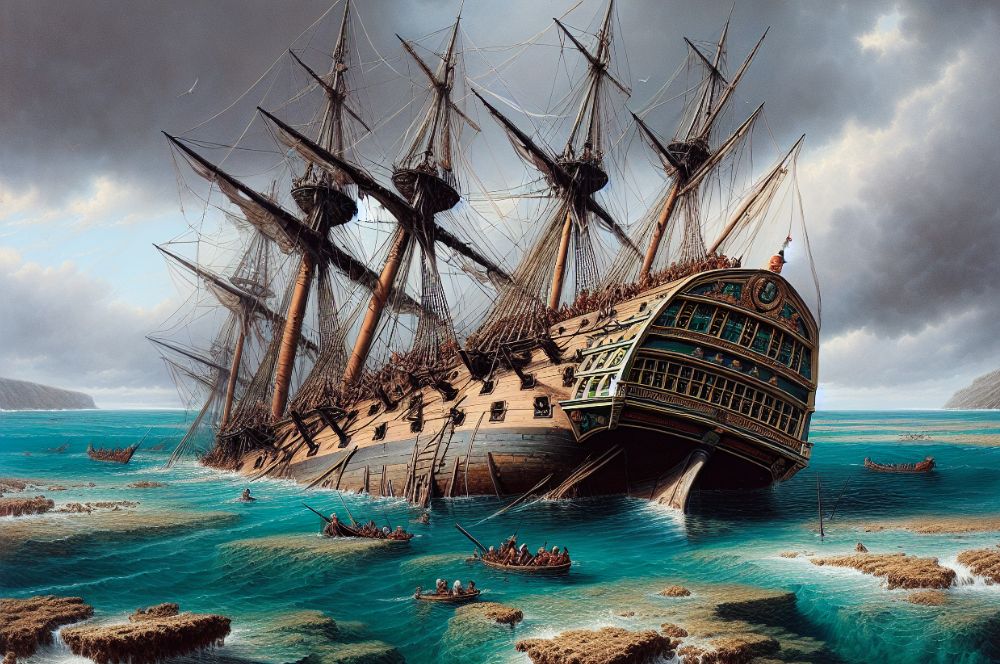
The HMS Sirius, flagship of the First Fleet, holds a distinct place in Australia’s maritime history. On 19 March 1790, it met its untimely end after wrecking on a coral reef off Norfolk Island. The loss of the Sirius had a profound impact on the new settlements at Sydney Cove and Norfolk Island, as it was their main supply vessel.
The crew managed to reach land safely using a barrel with a rope inside, which was floated to shore and secured to a pine tree. However, the loss of Sirius escalated the resource strain on Norfolk Island, leading to the declaration of martial law.
Today, artifacts recovered from the HMS Sirius, including those from the hm colonial schooner Mermaid, are exhibited at the Norfolk Island Museum, serving as a poignant link to the historical narrative of the vessel and its fateful end. For those interested in learning more, marine history publications provide valuable insights into this fascinating chapter of Norfolk Island’s past.
The Mystery of the M24 Japanese Midget Submarine
The M24 Japanese midget submarine adds a layer of intrigue to Australia’s underwater heritage. This submarine, part of a daring attack on Sydney Harbour on 31 May / 1 June 1942, managed to escape after the attack. Its clandestine resting place remained a mystery until its discovery in November 2006 off Sydney’s Northern Beaches by No Frills Divers.
Built at the Kure Naval Yard or the Ourazaki Naval Yard in 1942, the M24 was equipped with a 600 horsepower electric motor and carried two 18-inch torpedoes. Today, the M24 wreck site is protected within a No-entry Zone under the Commonwealth Historic Shipwrecks Act 1976 and is listed on the New South Wales State Heritage Register.
South Australia's Garden Island Graveyard
South Australia’s Garden Island Ships’ Graveyard offers a unique perspective on the region’s maritime past. This final resting place for various maritime craft was selected due to economic considerations, as the Harbors Board found it more economical to beach and dismantle obsolete vessels here than to scuttle them in deep water.
Garden Island is the final anchorage of 25 known vessels, including:
-
Dredgers
-
Barges
-
Pontoons
-
Ferries
-
Sailing ships
-
Steamers
The site features a maritime heritage trail, allowing visitors to explore this unique part of South Australia’s maritime history.
The shipwrecks, partially shielded by mangroves and washed by tides, offer a unique insight into the history of Port Adelaide and the maritime traditions of South Australia, as they lay in the careening bay.
The Wreck of the Loch Ard
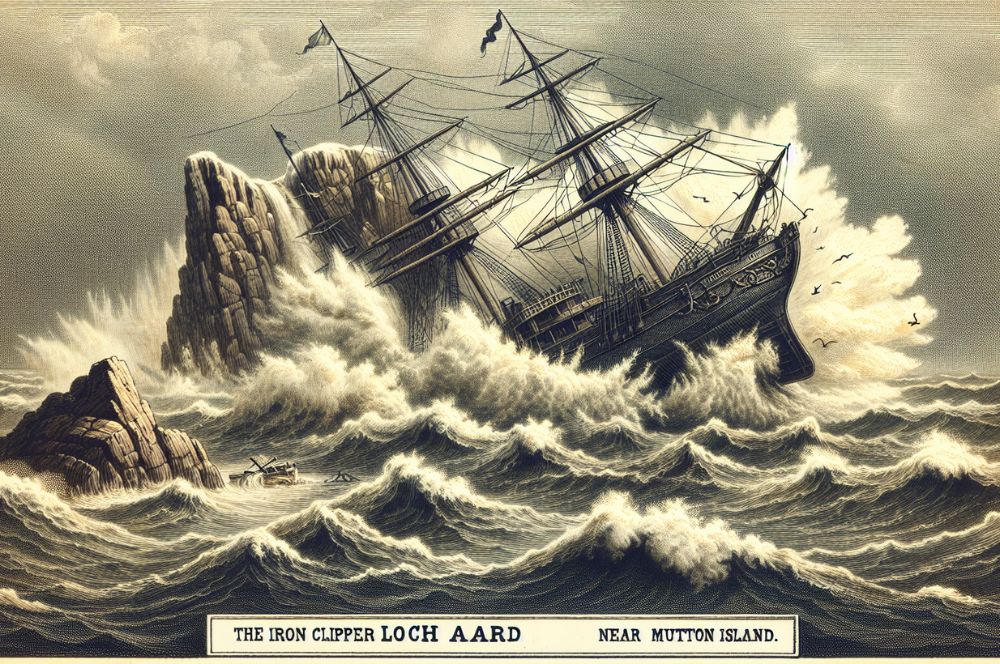
The tale of the Loch Ard stands out among Australia’s many shipwrecks. This 1693 ton iron clipper set sail from Gravesend, London on a fateful voyage in 1878. The vessel tragically sank after striking Mutton Bird Island near Victoria’s coast. Despite the tragedy, all 80 passengers and crew survived the ordeal.
The Loch Ard wreck site is a challenging and dangerous dive site, with potential war graves demanding respectful treatment, stern deck gun and other armaments hazards, and impediments like nets across the bridge area. Today, the wreck site remains a poignant reminder of Australia’s maritime past, with a wreath-laying ceremony involving relatives of the lost crew marking its profound historical impact.
Maritime Archaeology: Uncovering Sunken Stories
Maritime archaeologists play a crucial role in managing Australia’s underwater cultural heritage sites. They commonly use on-site examination, reinterment, and in-situ preservation to manage these sites, often avoiding full excavation and recovery. The full excavation of the James Matthews shipwreck over five summers serves as an example where the wreck was exhaustively studied, artifacts were retrieved and documented, and then purposefully reburied for hull structure preservation.
Innovative preservation techniques, including the use of sandbags, artificial seagrass mats, and a cofferdam constructed from road crash barriers filled with sediment, have been employed at the James Matthews wreck site by the Western Australian Museum. Periodic analysis of modern sacrificial samples like wood blocks and metal coupons is conducted to monitor the reburial effects on shipwreck material, providing valuable data for preservation assessment.
Legacy of the Iron Knight
The Iron Knight is another vessel that adds a layer of intrigue to Australia’s maritime history. This armed freighter was lost off the coast of Bermagui, NSW, in 1942 after a torpedo strike from a Japanese submarine. The event claimed 36 crew lives and marked a tragic chapter in Australia’s World War II history.
Initial identification of the wreck by The Sydney Project dive team raised questions due to anomalies in the wreck’s features. Further research suggested the Iron Knight may have sunk further from the coast than first believed. Today, dive visits to the wreck site pose significant risks, including potential war graves demanding respectful treatment, stern deck gun and other armaments hazards, and impediments like nets across the bridge area.
The Sinking and Salvage of AE2
The AE2 holds a special place in Australia’s maritime history. This submarine was the first to breach the Narrows of the Dardanelles Strait on 25 April 1915, during the Gallipoli Campaign, an action that briefly disrupted Ottoman military operations. Following its mission, AE2 was scuttled after being caught on the surface by Turkish warships.
Today, the AE2 wreck lies 73 meters below the surface in the Sea of Marmara. Conservation strategies, supported by the AE2 Commemorative Foundation, have been implemented to halt corrosion and preserve AE2 for future study. These include the use of cathodic protection and other in-situ measures, highlighting the crucial role of maritime archaeology in preserving these underwater cultural heritage sites.
Artificial Reefs: From Vessels to Marine Sanctuaries
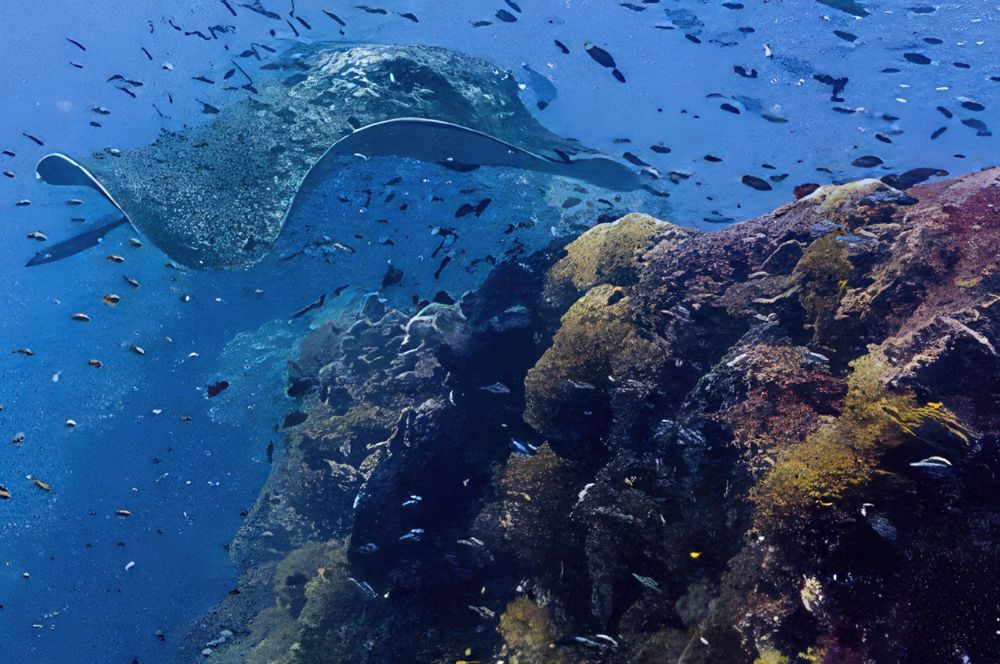
Australia is renowned for its deliberate sinking of ships to create artificial reefs and scuba diving sites. These underwater structures enhance marine biodiversity, provide research opportunities, and offer unique experiences for recreational divers.
Key ships sunk for this purpose include:
-
HMAS Brisbane
-
HMAS Adelaide
-
HMAS Hobart
-
HMAS Perth
-
HMAS Canberra
-
HMAS Tobruk
-
HMAS Swan
Each site has its own distinct ecosystem and attracts a variety of marine species, making them popular destinations for underwater exploration.
Coastal Catastrophes: Shipwrecks Driven Ashore
Coastal shipwrecks like the PS Rodney and the Clonmel serve as poignant reminders of Australia’s maritime history. The PS Rodney was destroyed in 1894 by about 300 unionist shearers who set it ablaze as a protest against its use during the industrial disputes of the 1890s. Remnants of the PS Rodney still exist in the bed of the Darling River, marking the historical significance of the Shearer’s Strikes of the 1890s.
The Clonmel, one of the first steamships intended for the Australian inter-colonial passenger trade, became stuck on a sandbar along the east coast of Victoria during its second inter-colonial voyage. Despite this, all 80 passengers and crew survived the ordeal. The grounding of the Clonmel played an instrumental role in opening up the region of East Gippsland for trade and pastoral settlement.
Summary
Australia’s underwater heritage is a vibrant tapestry of human endeavour, bravery, and tragedy. From the tragic tale of the SS Yongala to the daring attack of the M24 Japanese Midget Submarine, each shipwreck holds a unique story that unveils a piece of Australia’s rich maritime history.
These underwater relics, whether resting peacefully on the ocean floor or serving as vibrant artificial reefs teeming with life, remind us of our past and inspire us to explore and appreciate our maritime heritage. They stand as silent witnesses to the passage of time, their stories etched in the sands of time, waiting to be discovered and retold.
Frequently Asked Questions
What is the most famous shipwreck in Australia?
The most famous shipwreck in Australia is the iron clipper Loch Ard, known for its tragic and extraordinary story of mutiny, madness, massacre, and desert island survival.
How many shipwrecks are in Australia?
Australia has more than 8000 protected shipwrecks, which are an important part of the country's heritage and contribute to its historical understanding.
What is the oldest shipwreck in Australia?
The oldest-known shipwreck in Australia is the English vessel Trial, which was lost in 1622 on the northwest coast of Western Australia. This makes the Trial our nation's oldest-recorded shipwreck.
Why did Australia have so many shipwrecks?
Australia's extensive coastline and challenging geography, including few natural harbors and common powerful storms, have led to a high number of recorded shipwrecks. Only 2000 out of 8000 shipwrecks have been located.
What is the largest shipwreck in Australia?
The HMAS Australia, a colossal 19,000-ton battle cruiser and the largest shipwreck in Australia, rests 380 meters underwater. Scuttled in 1924 in line with the Washington Naval Treaty, its 180-meter length symbolizes a storied naval history.
Wreck Related Posts
-
Discover Sydney Harbour's Key Wrecks…
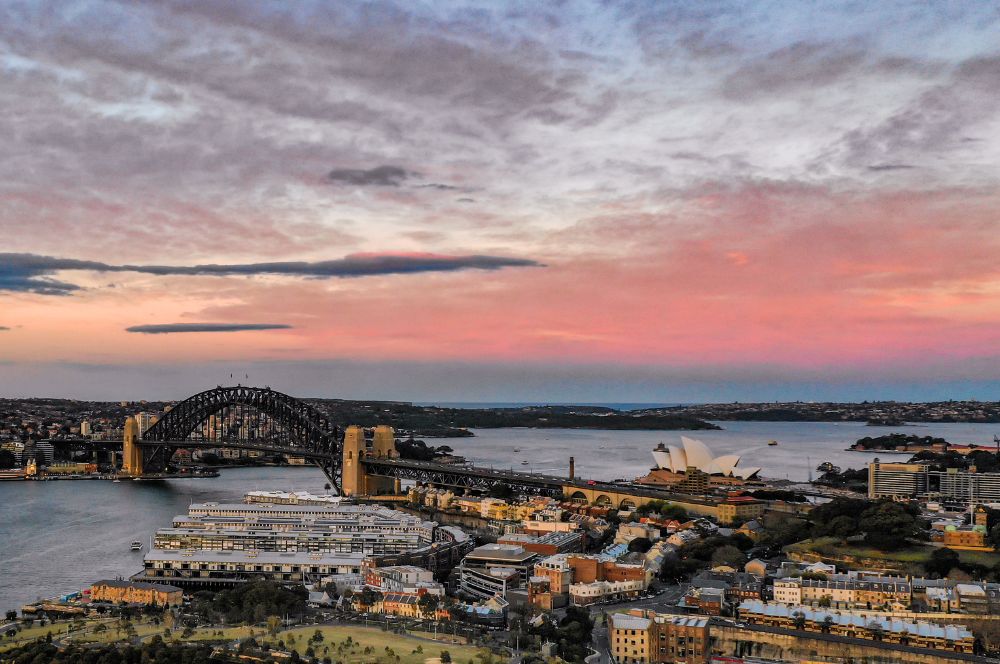
Discover Sydney Harbour's…
Diving into the History of Sydney Harbour's Key Wrecks Did you know Sydney Harbour is home to an underwater […] -
Currajong Shipwreck
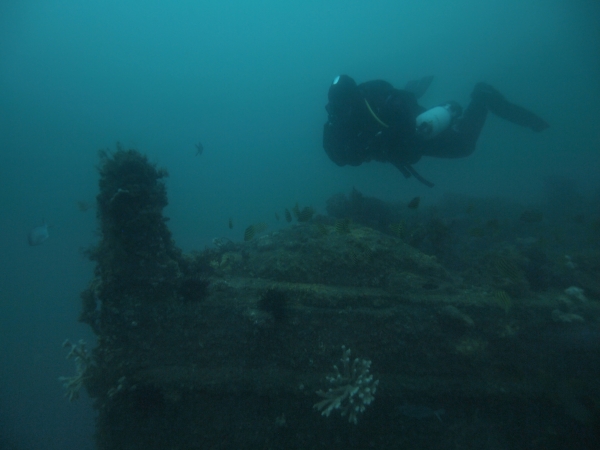
Currajong Shipwreck
The TSS Currajong, is among one of the most the most intact shipwreck in NSW. She was a collier that sank […] -
What’s Special About Wreck Diving
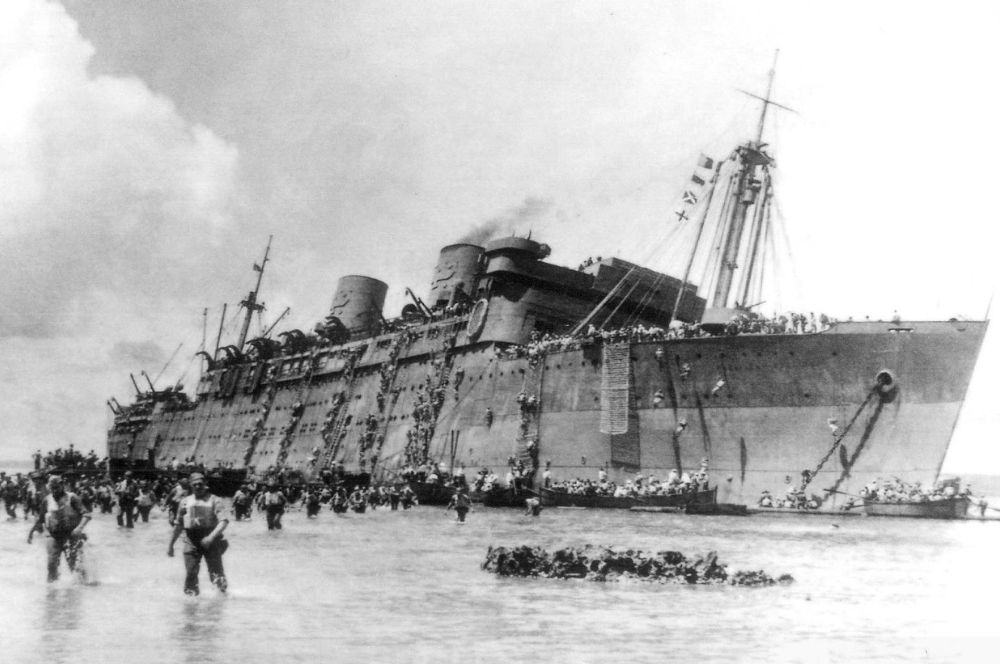
What’s Special About…
What’s Special About Wreck Diving? Divers always love a good challenge, and wreck diving is the perfect […] -
PADI Wreck Diving Course
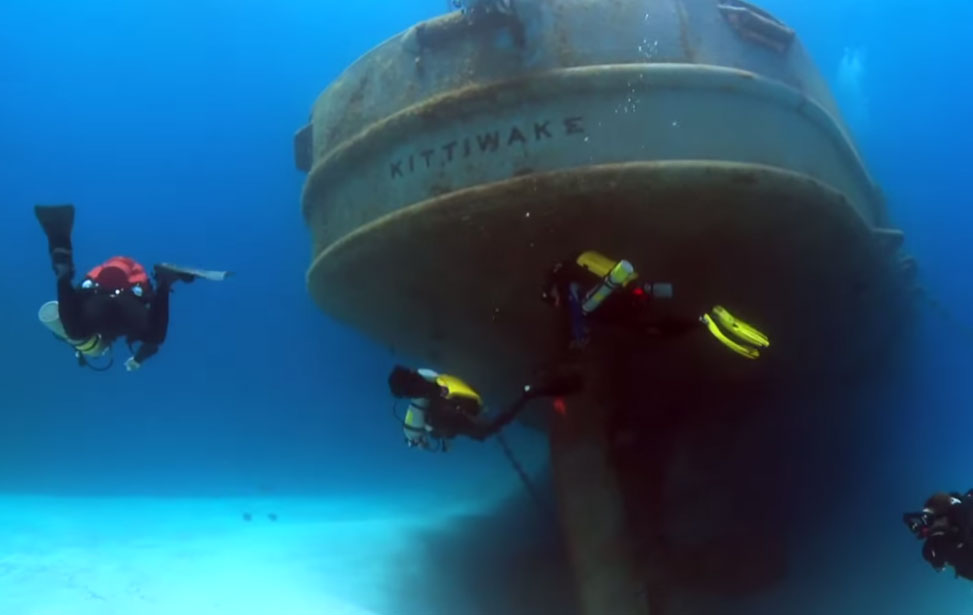
PADI Wreck Diving Course
Wreck Diver Course As instructors we get to do lots of different diving. I love cave diving, photography, […]
Recent Posts
